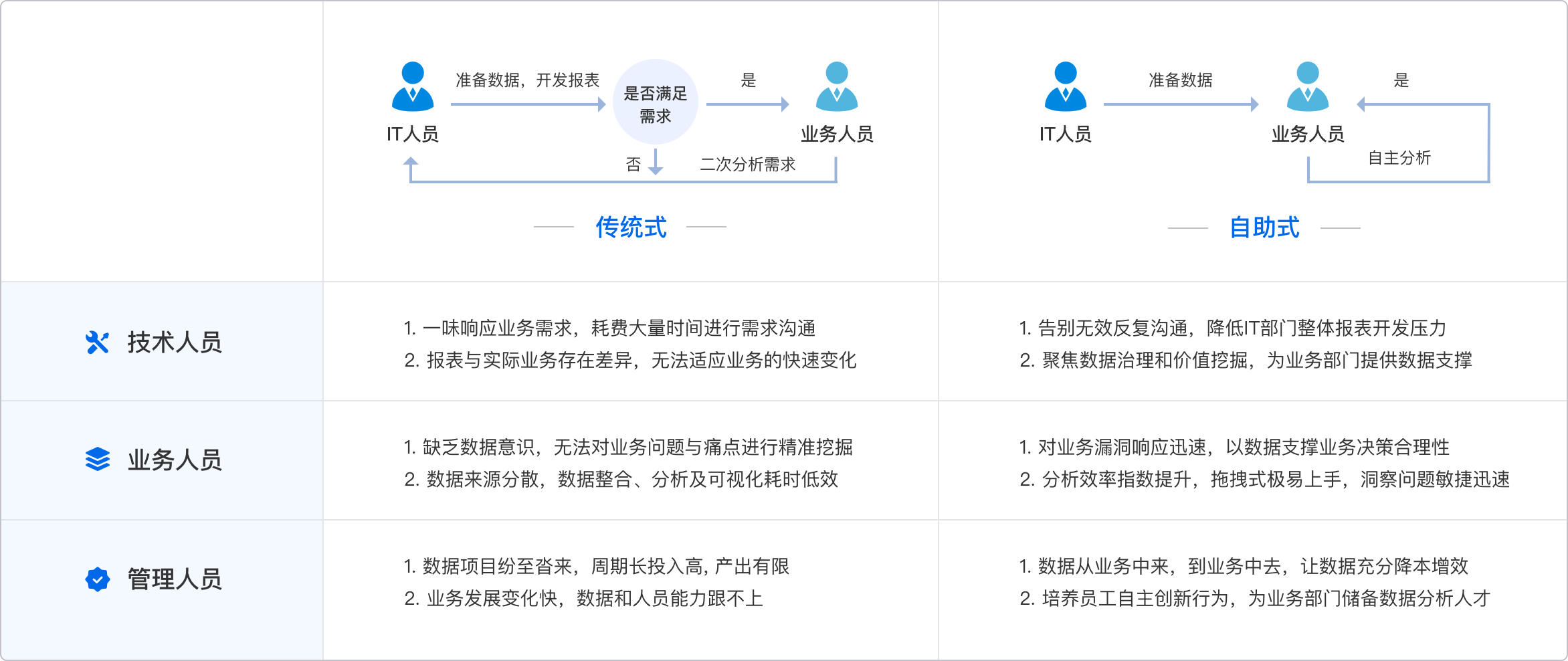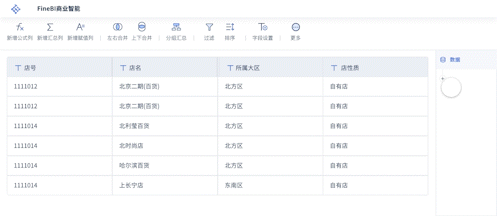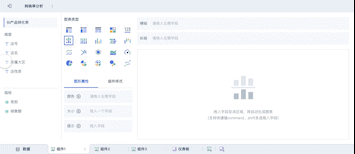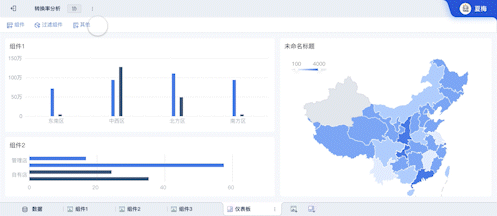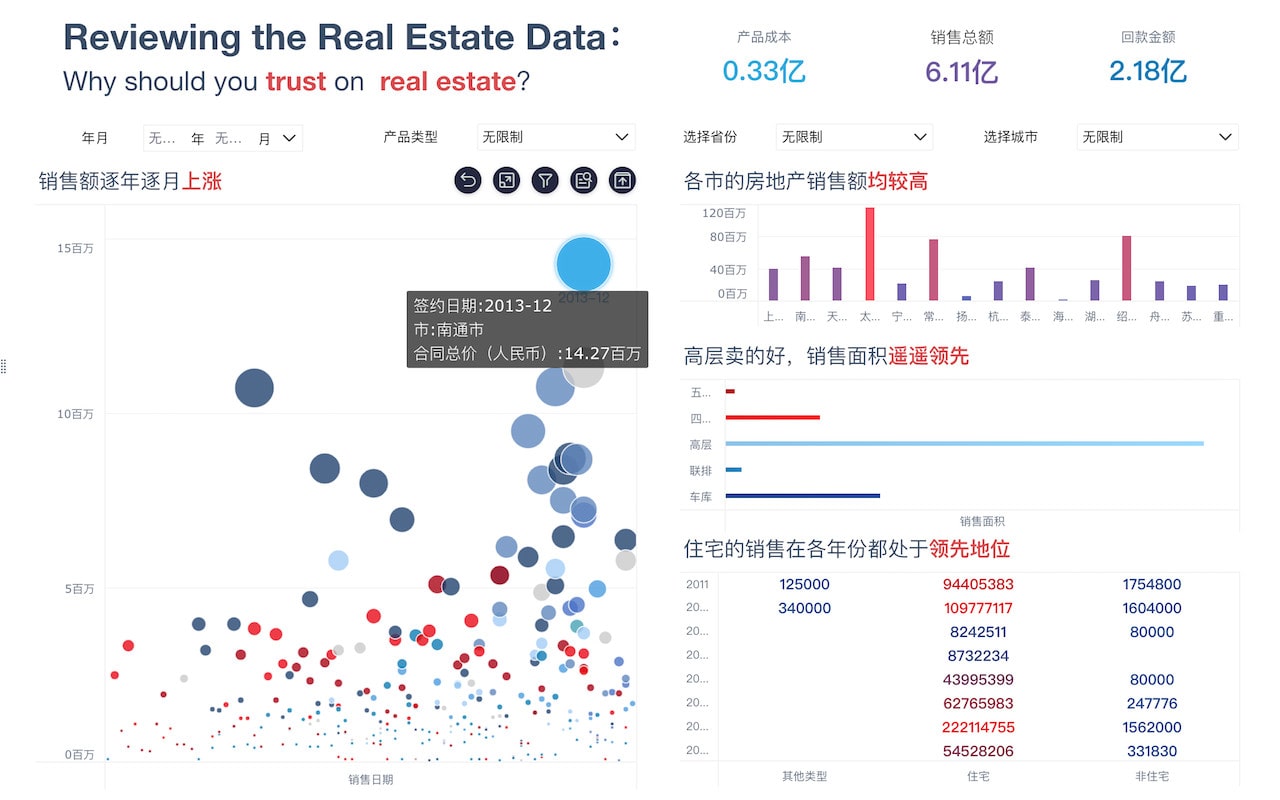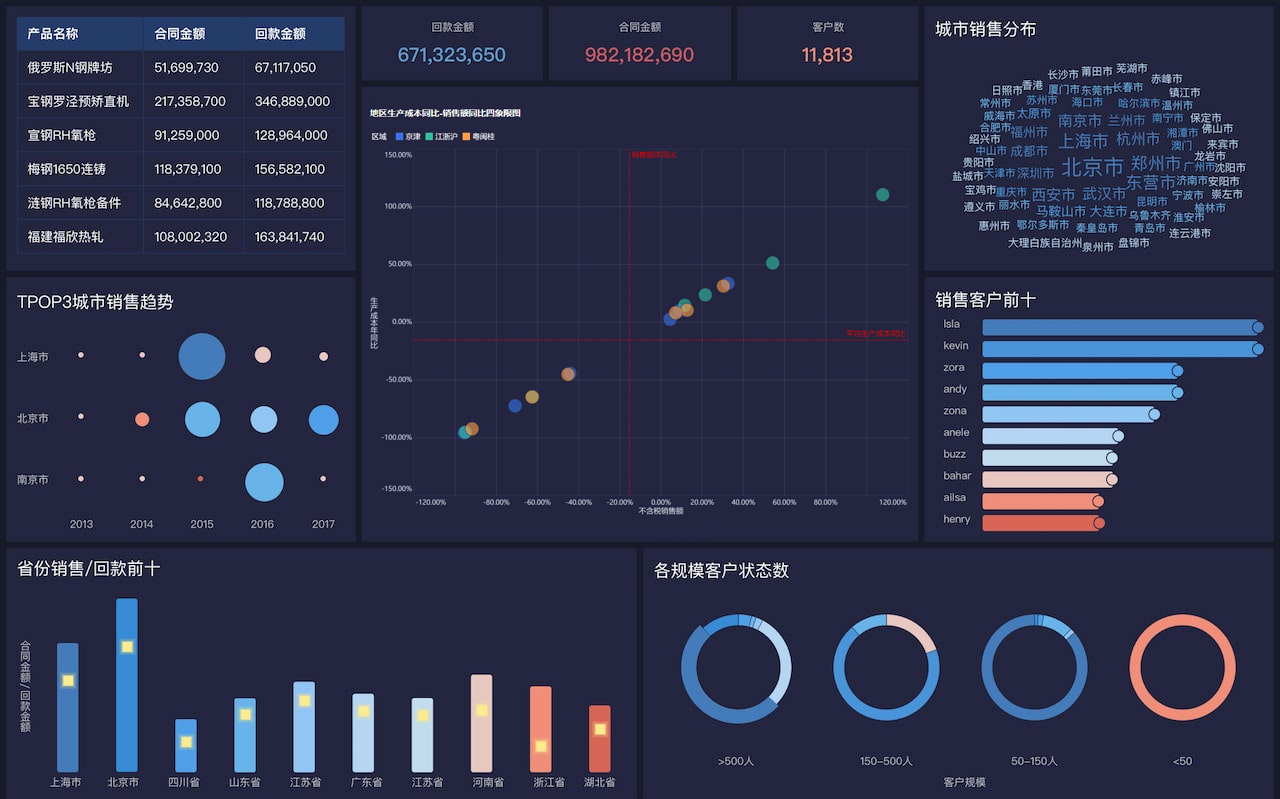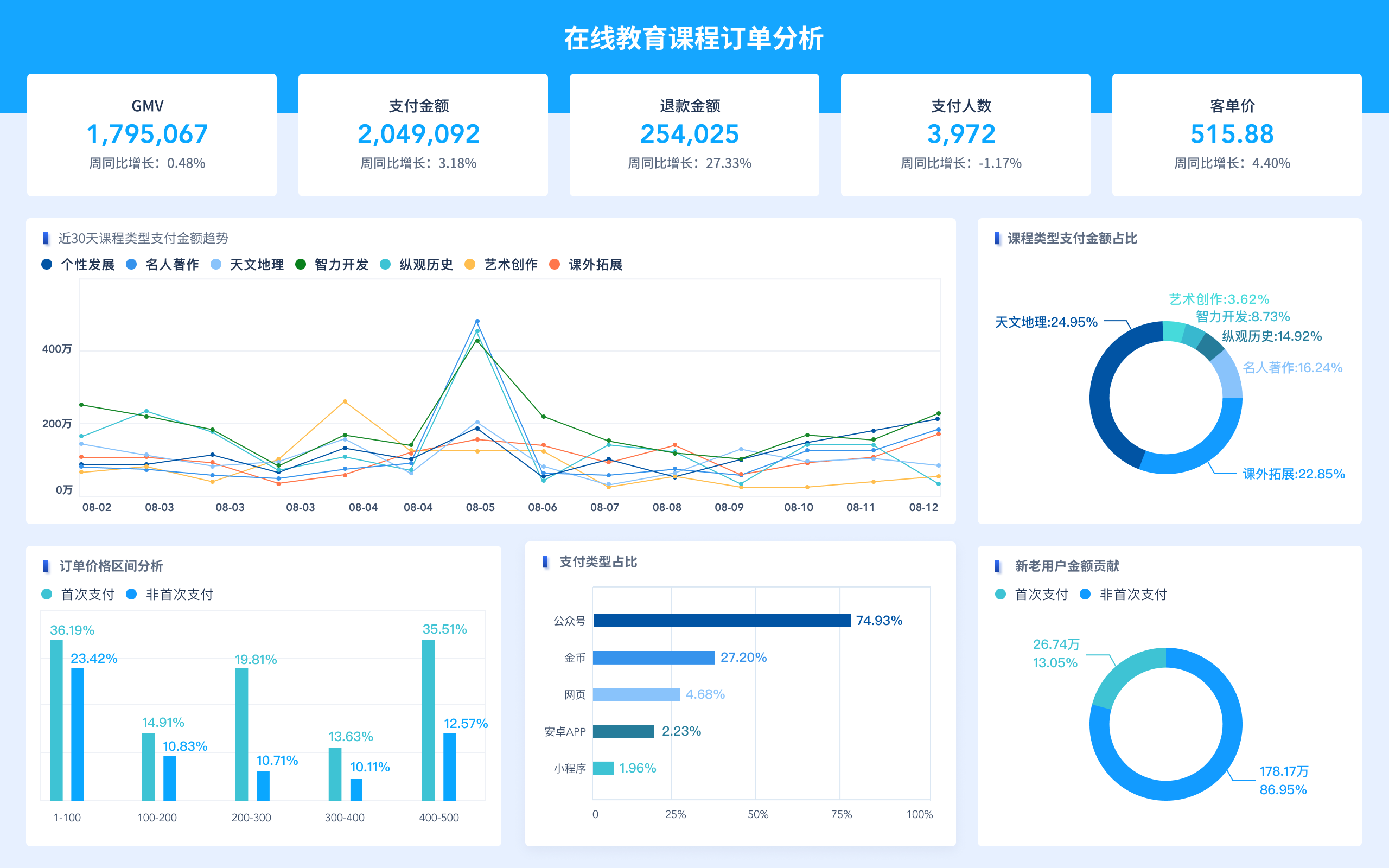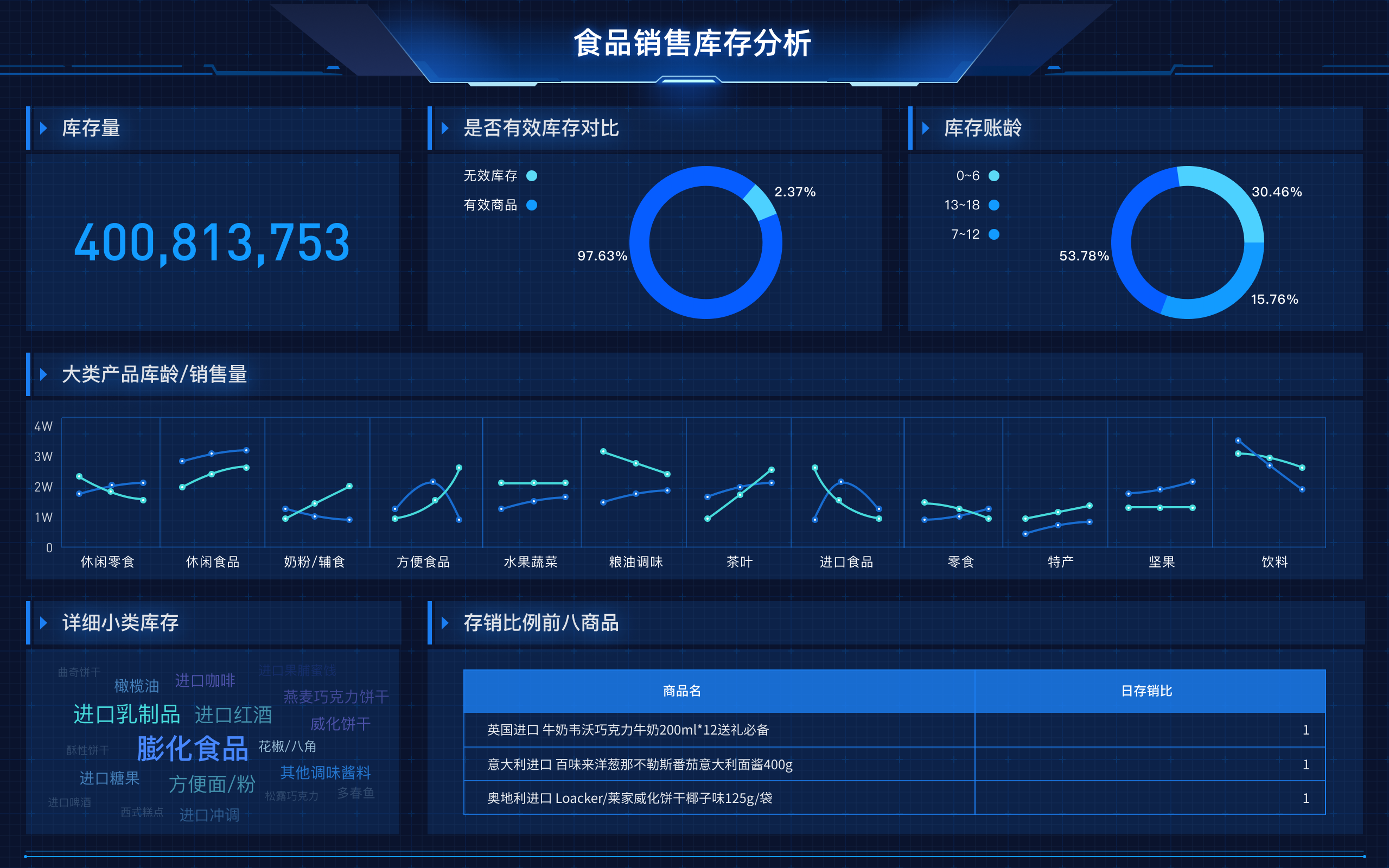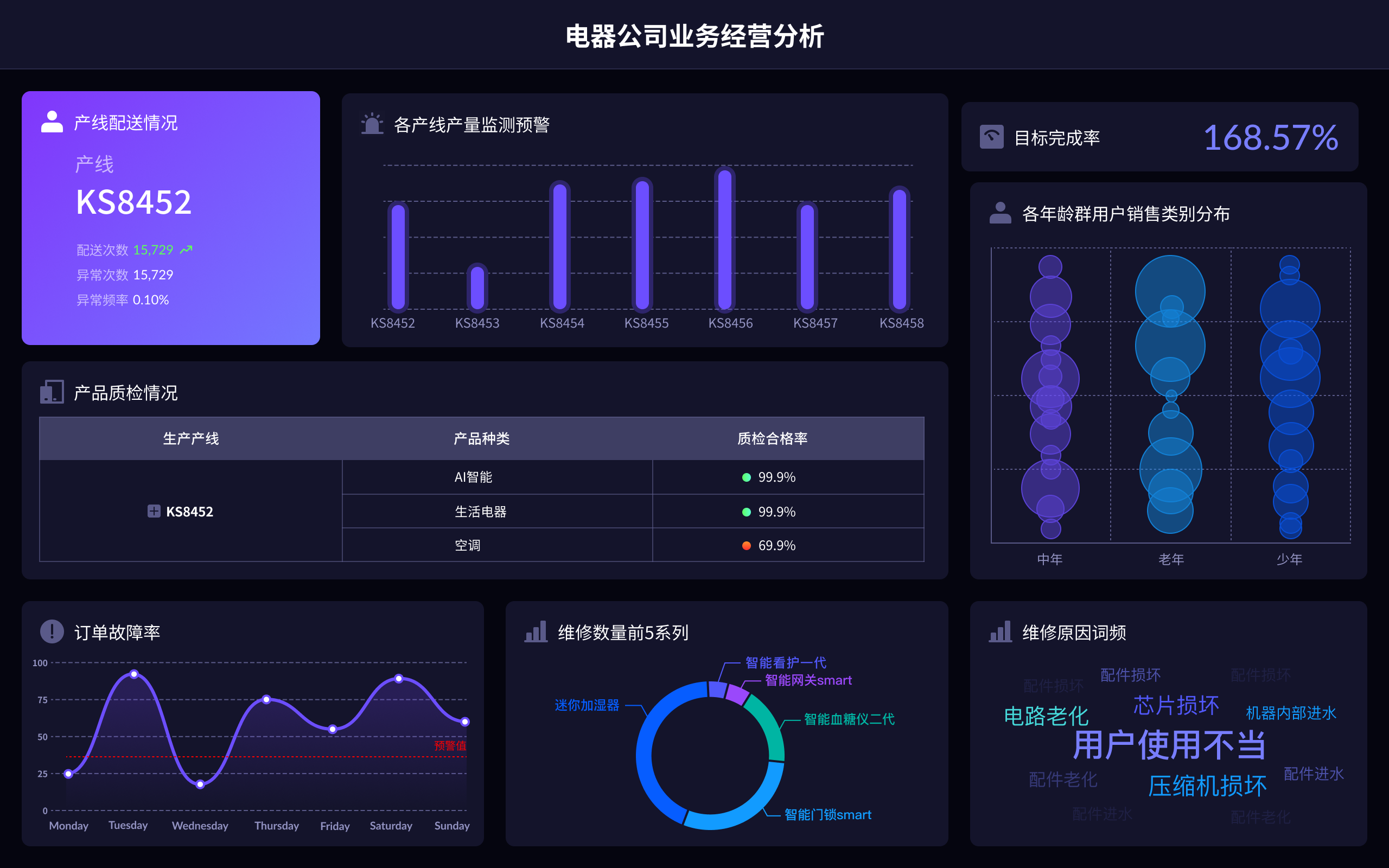
"数据集成"的英语翻译是"data integration"。
Data integration refers to the process of combining data from different sources to provide a unified view. It is crucial in fields such as business intelligence, data warehousing, and big data, where merging data from multiple sources can provide comprehensive insights and drive better decision-making. Effective data integration can lead to improved data quality, better analysis, and streamlined operations.
I. IMPORTANCE OF DATA INTEGRATION
Data integration plays a vital role in today's data-driven world. It helps organizations consolidate their data from various systems into a single, coherent dataset. This consolidation allows for more effective data analysis, leading to better business decisions. By integrating data, companies can ensure data consistency, reduce redundancy, and improve accuracy.
II. DATA INTEGRATION METHODS
-
Manual Integration
Manual data integration involves combining data by hand, typically using tools like spreadsheets. While this method can be straightforward for small datasets, it becomes impractical for large or complex data sources. The main advantages are flexibility and control, but it is also time-consuming and prone to errors. -
Middleware Data Integration
Middleware solutions act as intermediaries that facilitate data exchange between different systems. This method can automate the data integration process, making it more efficient and less error-prone than manual integration. Middleware tools are often used in enterprise environments to connect disparate systems. -
Data Warehousing
Data warehousing involves collecting and storing data from various sources into a central repository. This method allows for the creation of a single source of truth, where data is cleaned, transformed, and structured for analysis. Data warehouses support complex queries and large-scale data analysis, making them ideal for business intelligence applications. -
ETL (Extract, Transform, Load)
ETL is a common data integration process that involves extracting data from different sources, transforming it to meet specific requirements, and loading it into a target system. ETL tools automate these steps, ensuring data is accurately integrated and ready for analysis. This method is widely used in data warehousing and big data projects. -
Data Virtualization
Data virtualization allows users to access and query data from multiple sources without physically moving it. This method provides a real-time, unified view of data, making it ideal for scenarios where up-to-date information is critical. Data virtualization reduces the need for data replication, thereby saving storage and processing resources.
III. CHALLENGES IN DATA INTEGRATION
Despite its benefits, data integration comes with several challenges:
-
Data Quality
Ensuring high data quality is crucial for successful integration. Inconsistent or inaccurate data can lead to incorrect analysis and poor decision-making. Data cleansing and validation are essential steps in the integration process to maintain data integrity. -
Scalability
As organizations grow, the volume and complexity of data increase. Scalability issues can arise, making it challenging to integrate large datasets efficiently. Implementing scalable data integration solutions, such as distributed systems and cloud-based platforms, can help address these challenges. -
Data Security and Privacy
Integrating data from multiple sources often involves sensitive information. Ensuring data security and privacy is paramount to protect against breaches and comply with regulations. Implementing robust security measures, such as encryption and access controls, is essential in any data integration strategy. -
Compatibility
Data from different sources may have incompatible formats or structures. Harmonizing these differences requires sophisticated data transformation techniques and tools. Ensuring compatibility across various data systems is critical for seamless integration. -
Performance
Data integration processes can be resource-intensive, potentially impacting system performance. Optimizing these processes and using efficient algorithms can help mitigate performance issues, ensuring timely and accurate data integration.
IV. BEST PRACTICES FOR DATA INTEGRATION
To achieve successful data integration, organizations should follow best practices:
-
Define Clear Objectives
Clearly defining the goals and objectives of the data integration project is crucial. Understanding what the organization aims to achieve with integrated data will guide the selection of appropriate methods and tools. -
Choose the Right Tools
Selecting the right data integration tools based on the specific needs and scale of the project is essential. Tools should be evaluated for their capabilities, ease of use, and compatibility with existing systems. -
Ensure Data Quality
Implementing data quality management practices, such as data profiling, cleansing, and validation, is essential to maintain high-quality data throughout the integration process. Regularly monitoring and auditing data quality can help identify and address issues promptly. -
Focus on Security
Ensuring data security and privacy should be a top priority. Implementing robust security measures, such as encryption, access controls, and compliance with regulations, will protect sensitive information and build trust with stakeholders. -
Plan for Scalability
Designing data integration solutions with scalability in mind will prepare the organization for future growth. Scalable architectures and cloud-based platforms can accommodate increasing data volumes and complexity. -
Foster Collaboration
Data integration often involves multiple teams and stakeholders. Fostering collaboration and communication among these groups can facilitate a smoother integration process and ensure that all requirements are met.
V. TOOLS AND TECHNOLOGIES FOR DATA INTEGRATION
Several tools and technologies can aid in the data integration process:
-
ETL Tools
Tools like Informatica, Talend, and Apache Nifi provide comprehensive ETL capabilities, automating data extraction, transformation, and loading processes. These tools support a wide range of data sources and formats, making them versatile for various integration scenarios. -
Data Integration Platforms
Platforms like IBM InfoSphere, Oracle Data Integrator, and Microsoft SQL Server Integration Services (SSIS) offer robust data integration solutions. These platforms provide extensive features for data connectivity, transformation, and management. -
Cloud-based Integration Services
Cloud services like AWS Glue, Google Cloud Dataflow, and Azure Data Factory offer scalable data integration solutions. These services are ideal for integrating data in cloud environments, providing flexibility and scalability. -
Data Virtualization Tools
Tools like Denodo, TIBCO Data Virtualization, and Dremio provide data virtualization capabilities, enabling real-time access to data from multiple sources. These tools support on-the-fly data integration, reducing the need for data replication. -
Middleware Solutions
Middleware tools like Apache Kafka, MuleSoft, and Dell Boomi facilitate data integration by acting as intermediaries between systems. These solutions enable real-time data exchange and integration across various platforms.
In conclusion, data integration is a critical process that enables organizations to leverage their data effectively. By understanding the importance of data integration, exploring various methods, addressing challenges, and following best practices, organizations can achieve successful integration and unlock the full potential of their data.
相关问答FAQs:
FAQs about "数据集成"
1. What is the English term for "数据集成" and how is it used in data management?
The English term for "数据集成" is "data integration." Data integration is a crucial concept in data management that involves combining data from different sources into a unified view. This process allows organizations to consolidate disparate data sets, making it easier to analyze and derive insights. Data integration can include various methods such as ETL (Extract, Transform, Load), data warehousing, and real-time data integration techniques. It plays a significant role in business intelligence, enabling companies to make data-driven decisions by providing a comprehensive view of their information assets.
2. Why is data integration important for businesses and how can it enhance operational efficiency?
Data integration is essential for businesses because it ensures that data from various sources is harmonized and accessible from a single point. This integration allows organizations to streamline operations, reduce data silos, and improve data quality. By integrating data, businesses can achieve a more accurate and complete view of their operations, which facilitates better decision-making. Enhanced operational efficiency is achieved through automated data processes, reduced manual data entry, and improved data consistency. Additionally, integrated data supports advanced analytics and reporting, providing valuable insights that can drive strategic initiatives and operational improvements.
3. What are the common challenges faced during data integration and how can they be addressed?
During data integration, several challenges can arise, including data quality issues, compatibility of data formats, and scalability concerns. One common challenge is dealing with inconsistent data formats or structures from different sources. To address this, organizations can use data transformation tools and standardization practices to align data formats. Data quality issues, such as missing or inaccurate information, can be managed through data cleansing techniques and validation processes. Scalability concerns, especially with large volumes of data, can be mitigated by employing scalable integration solutions and leveraging cloud-based data integration platforms. Effective data governance and a well-defined integration strategy are also critical in overcoming these challenges and ensuring successful data integration.
本文内容通过AI工具匹配关键字智能整合而成,仅供参考,帆软不对内容的真实、准确或完整作任何形式的承诺。具体产品功能请以帆软官方帮助文档为准,或联系您的对接销售进行咨询。如有其他问题,您可以通过联系blog@fanruan.com进行反馈,帆软收到您的反馈后将及时答复和处理。


